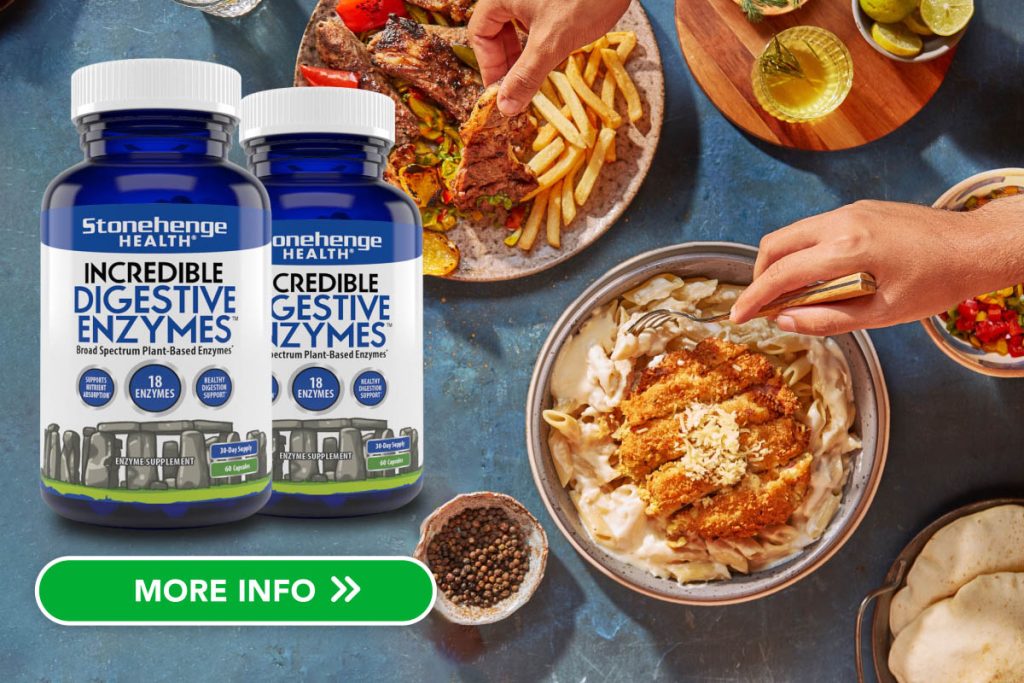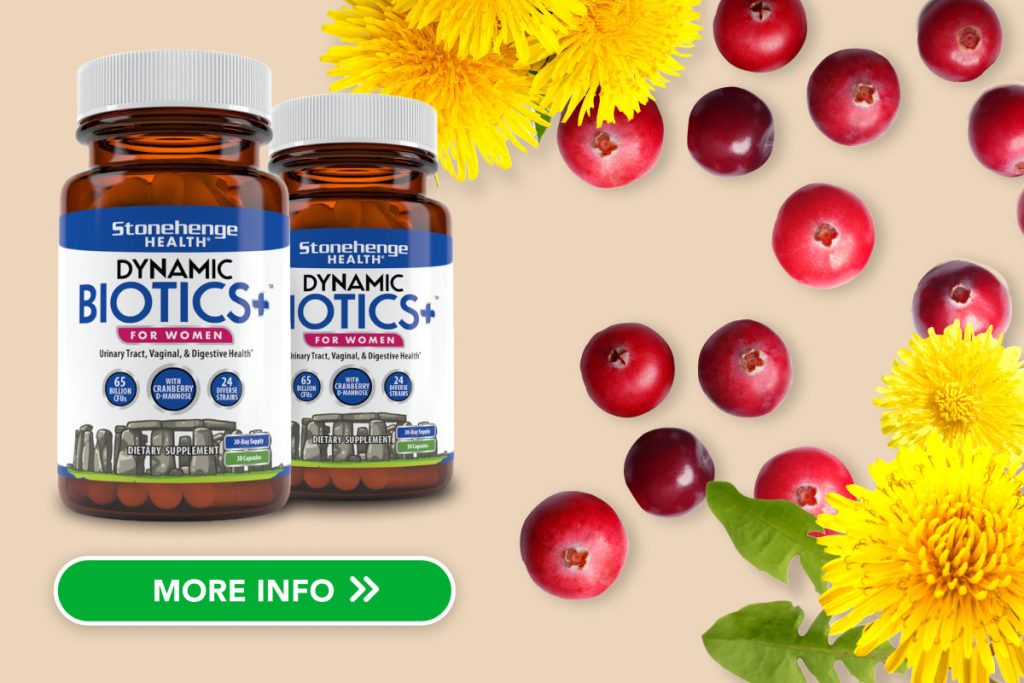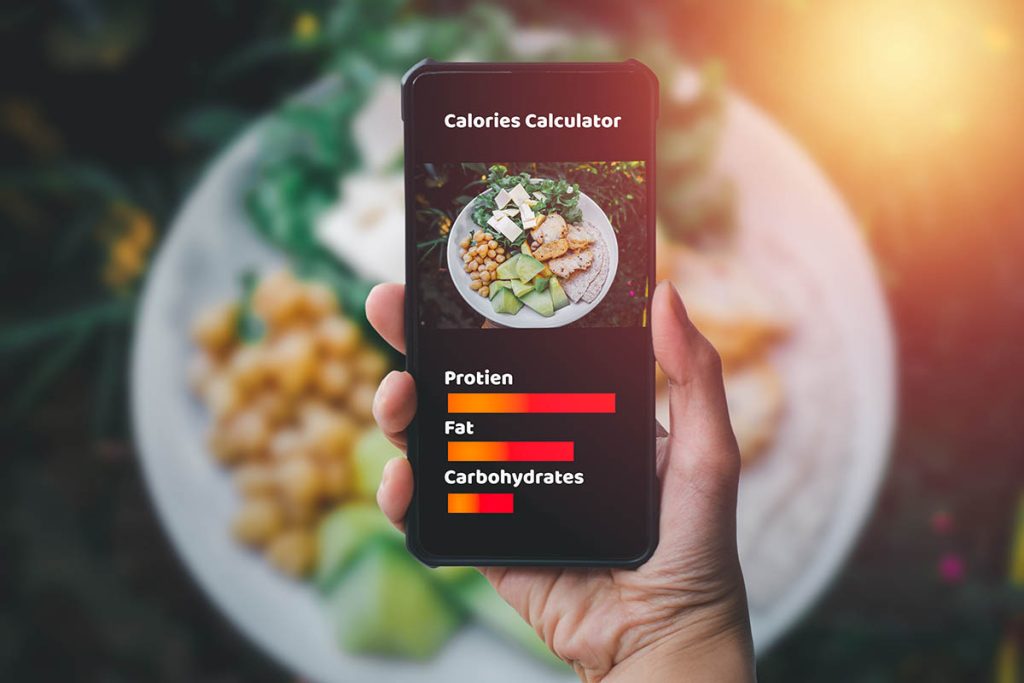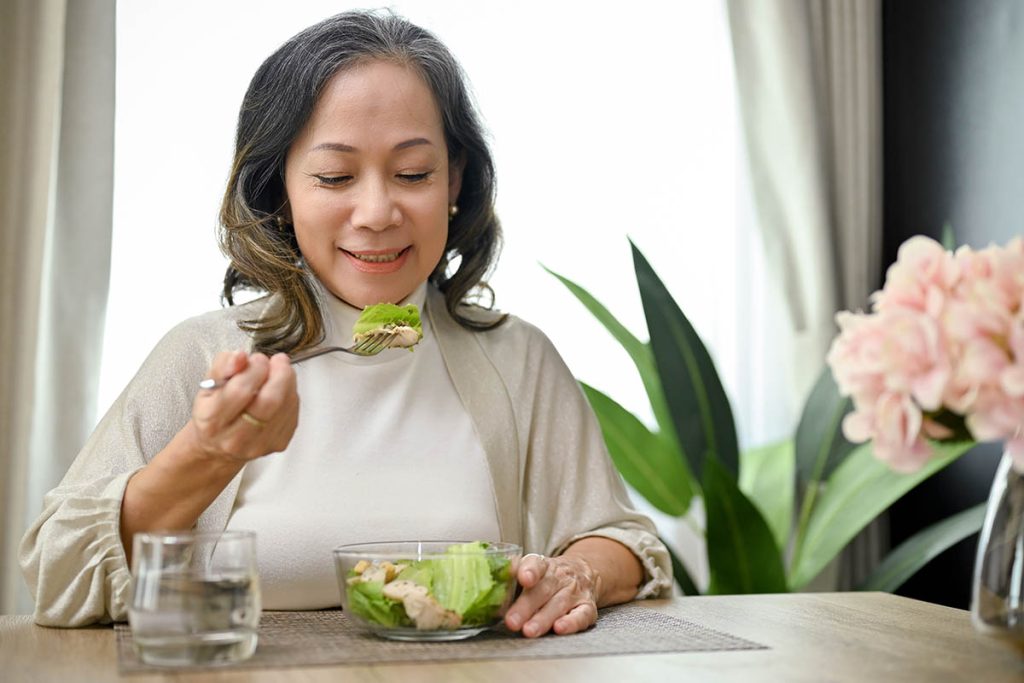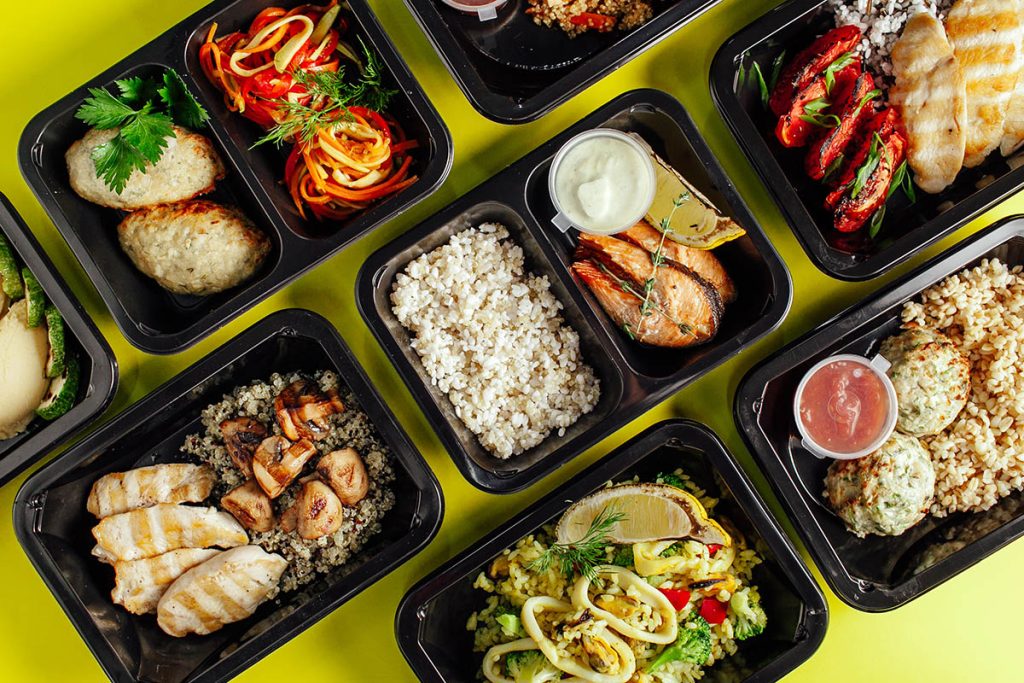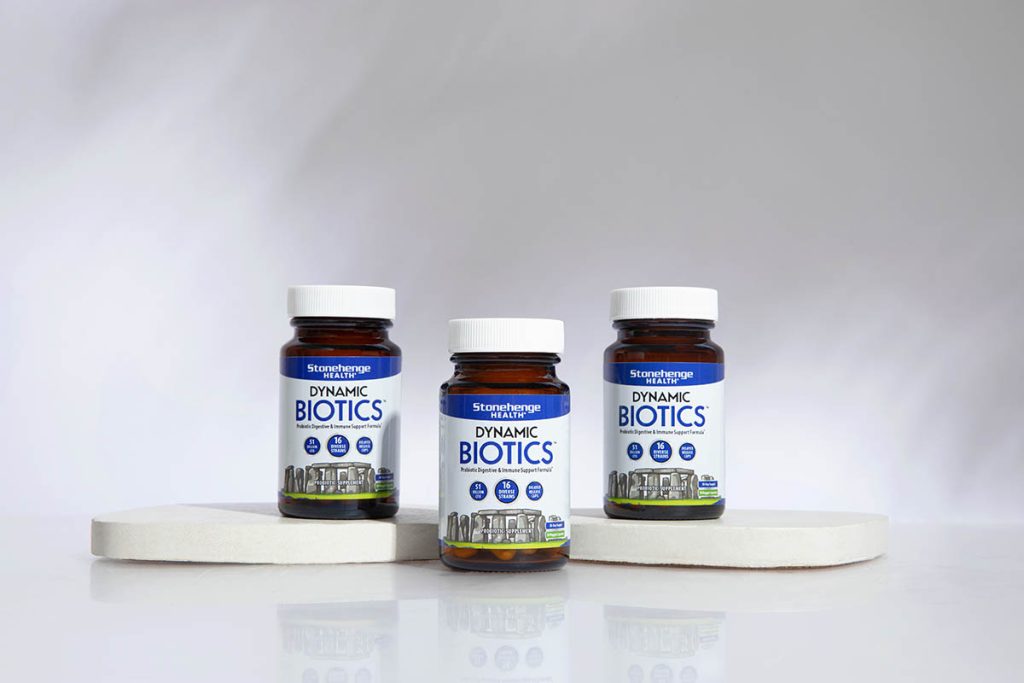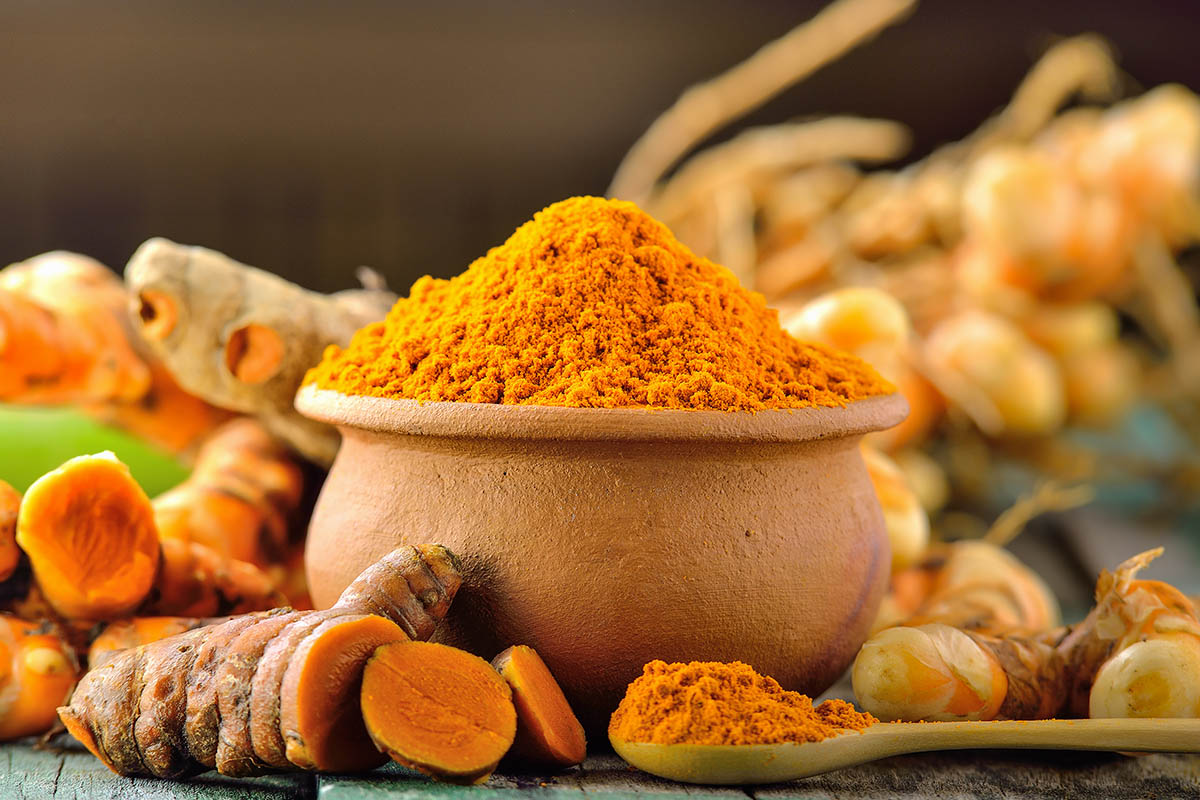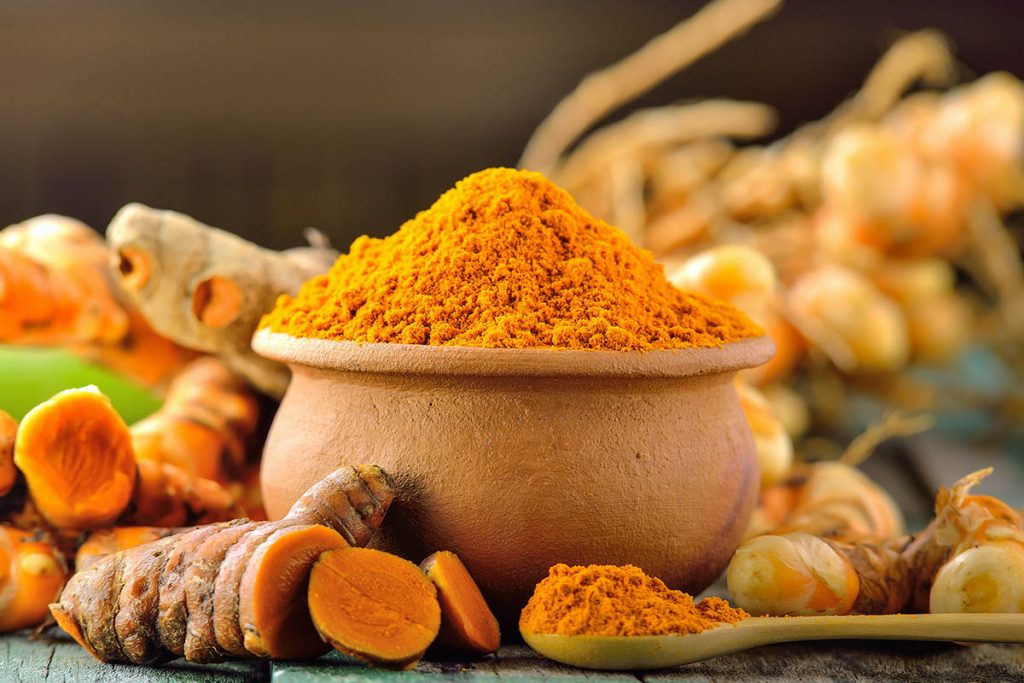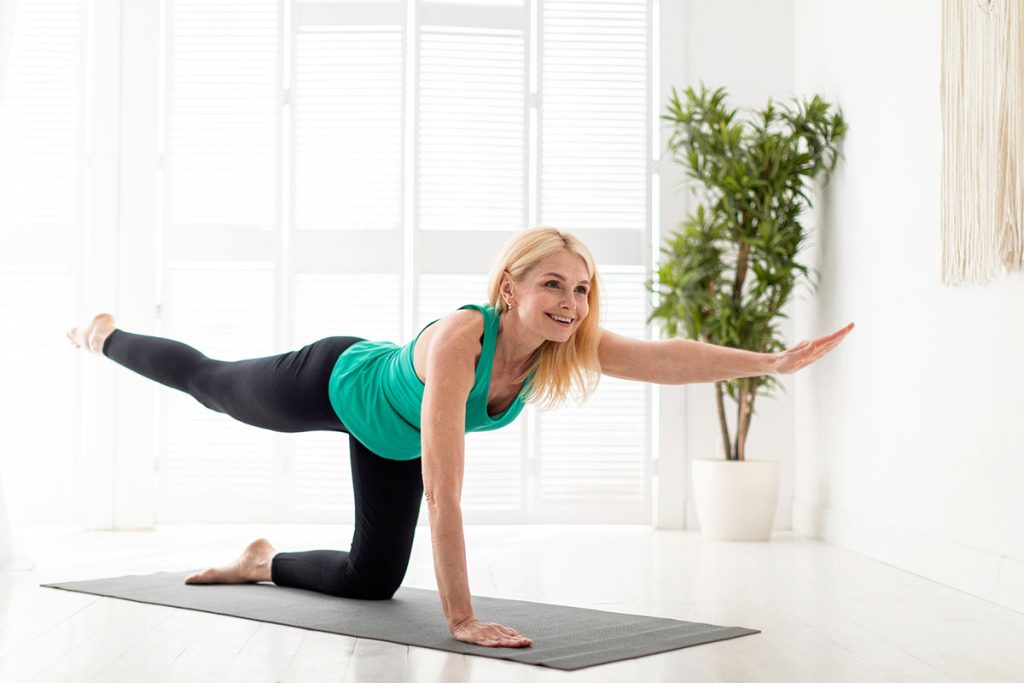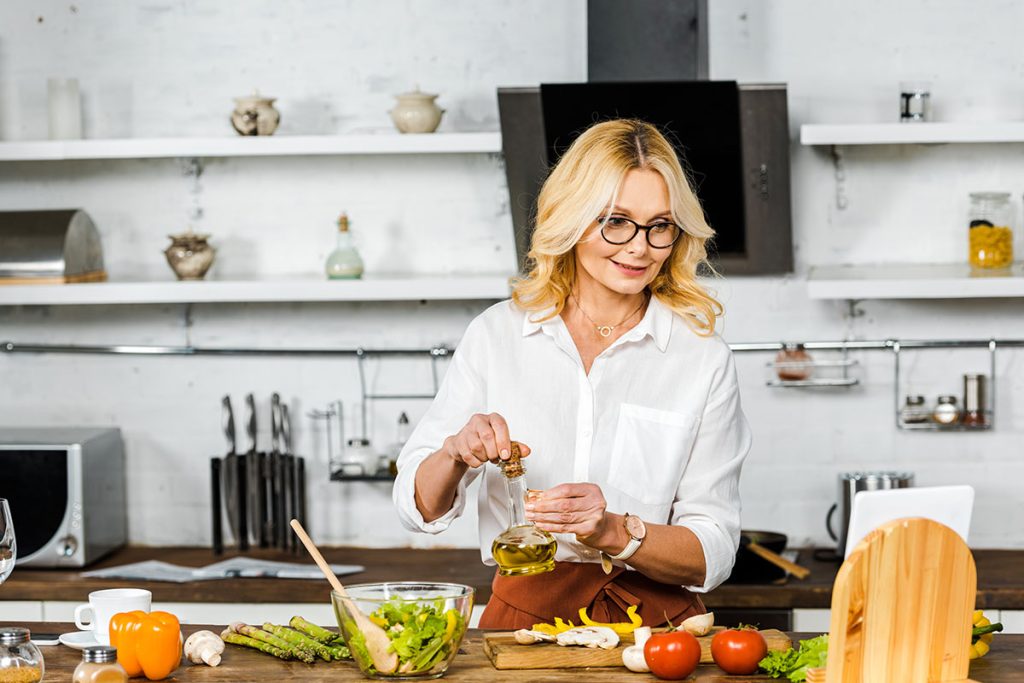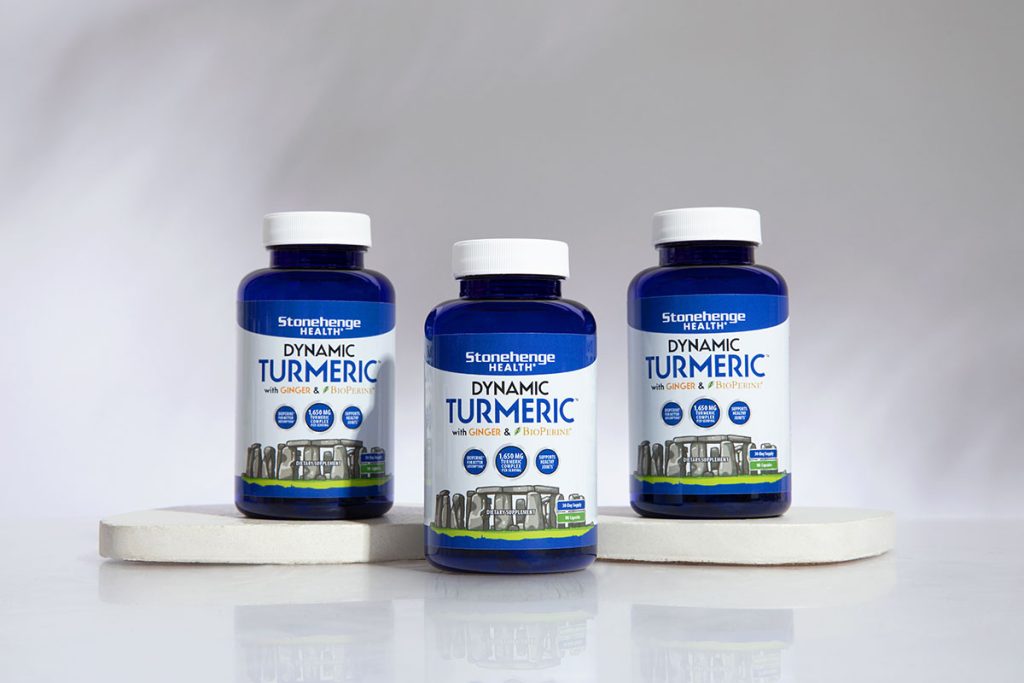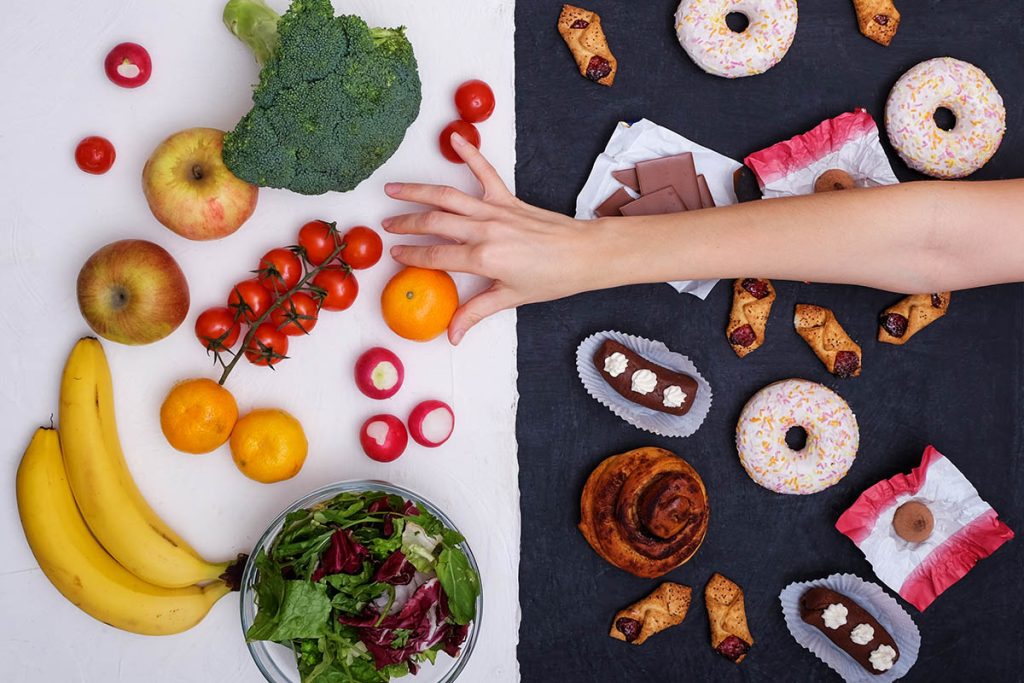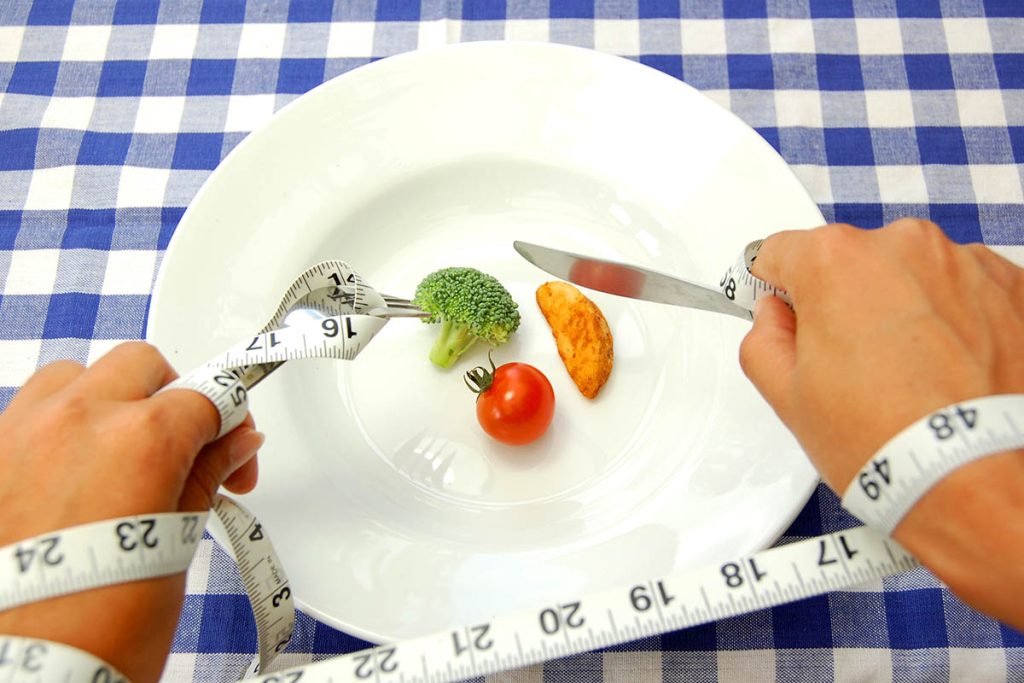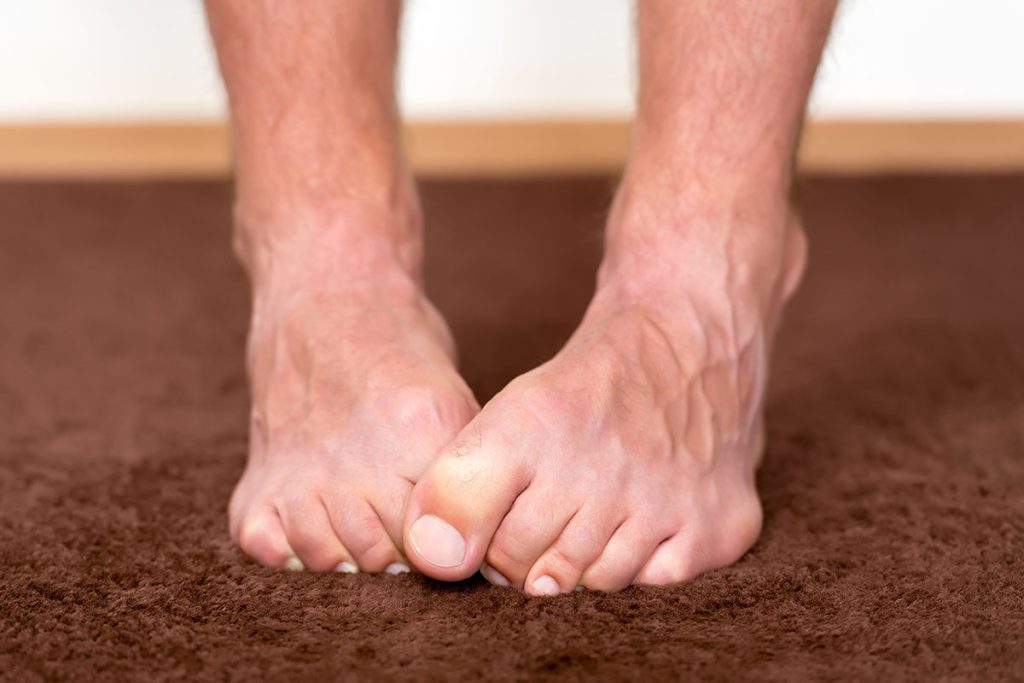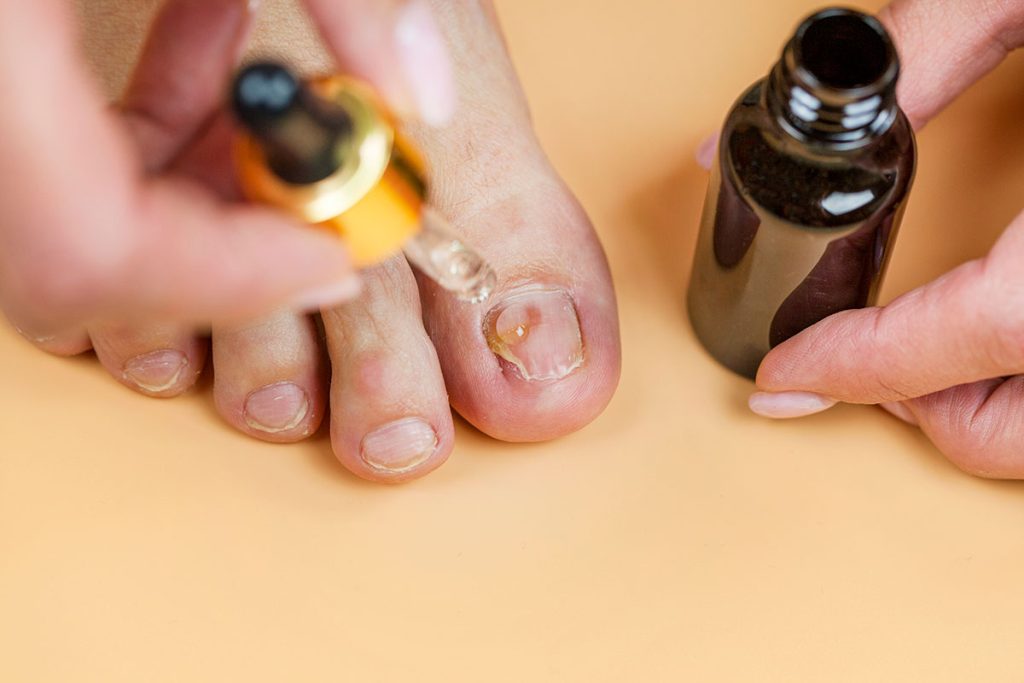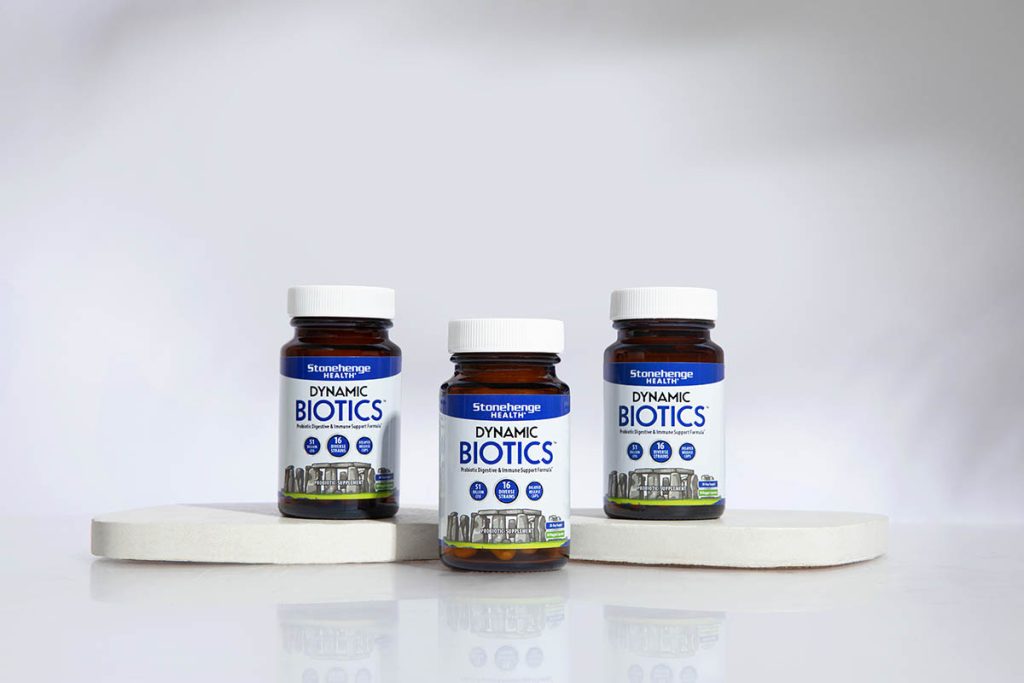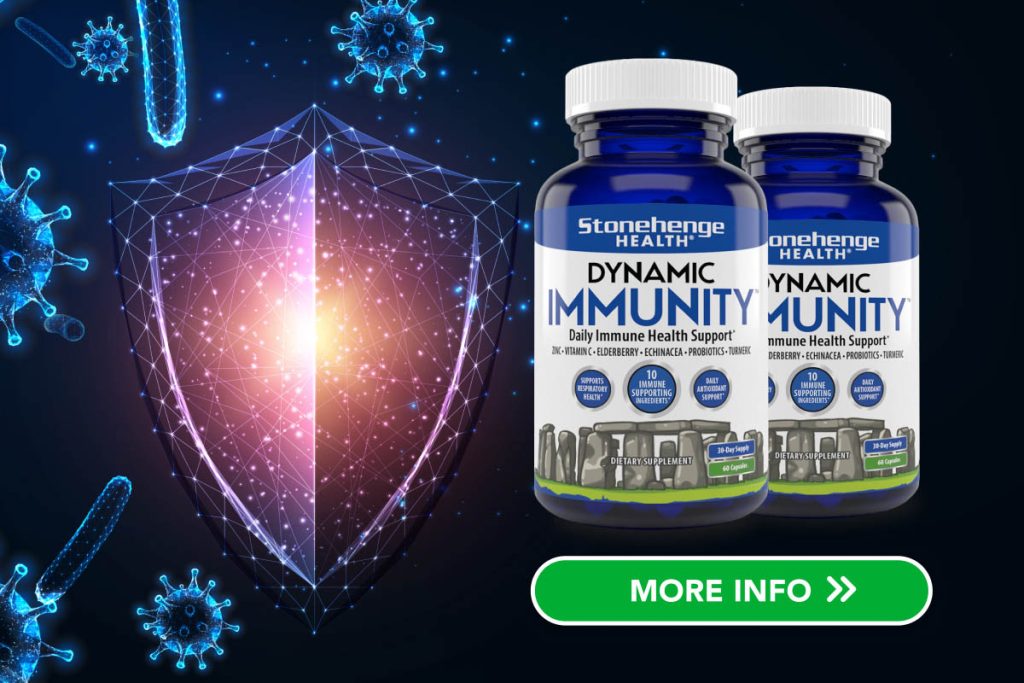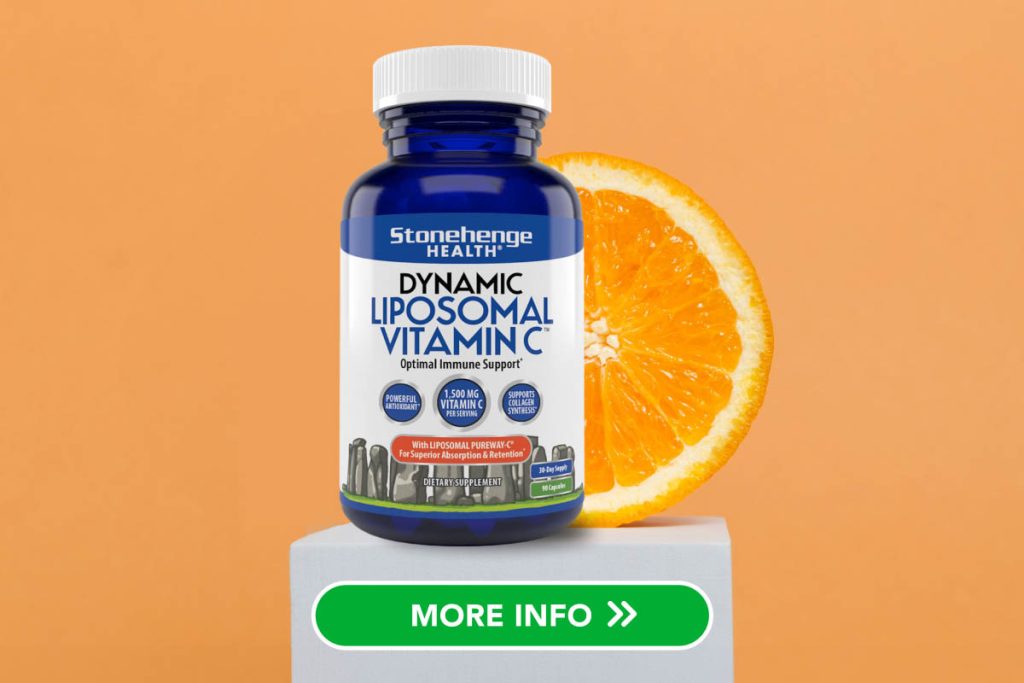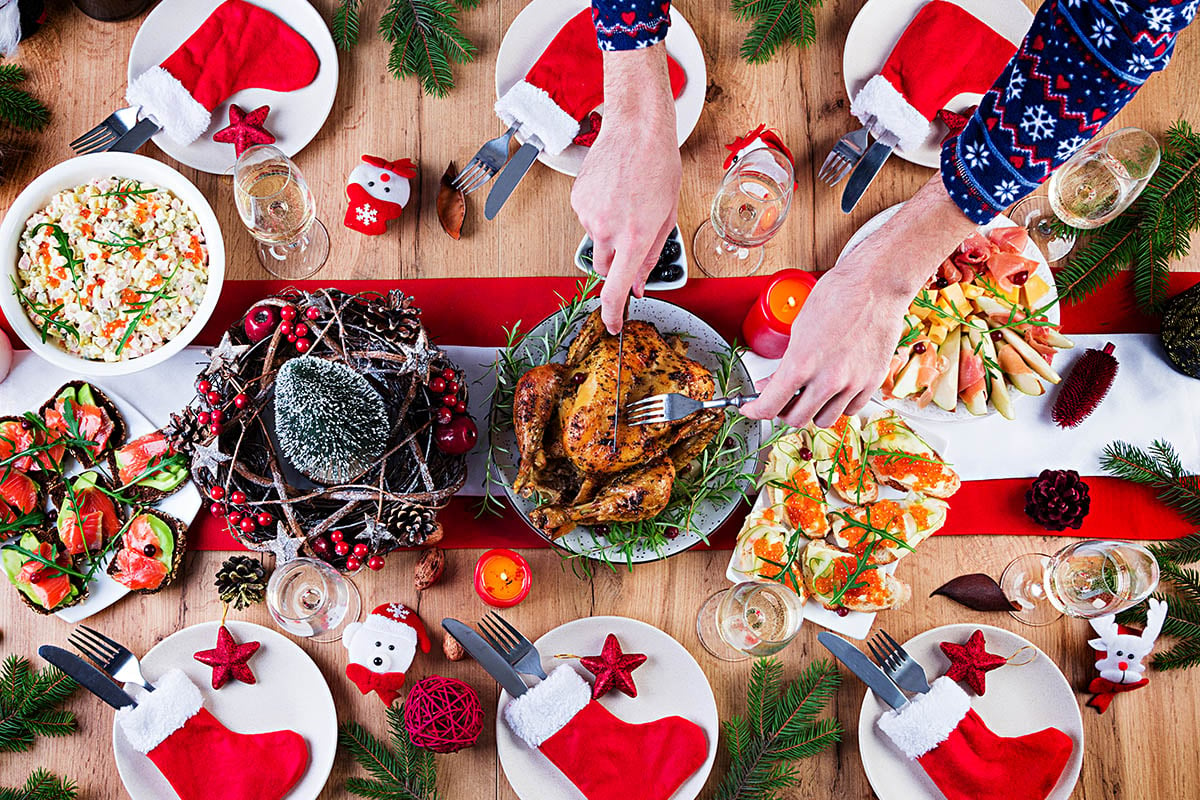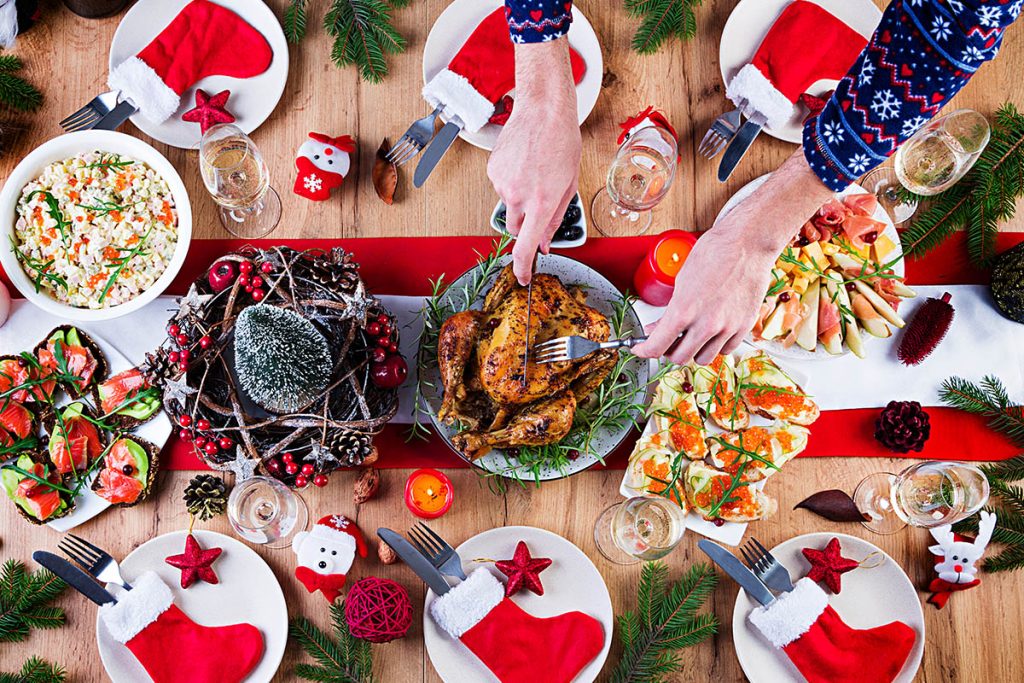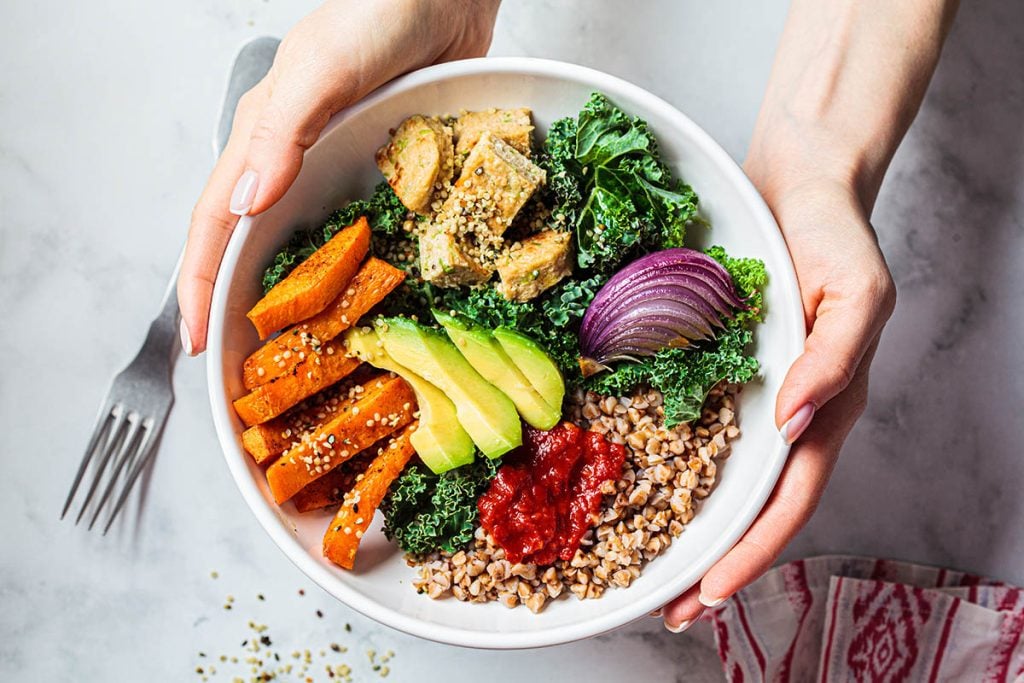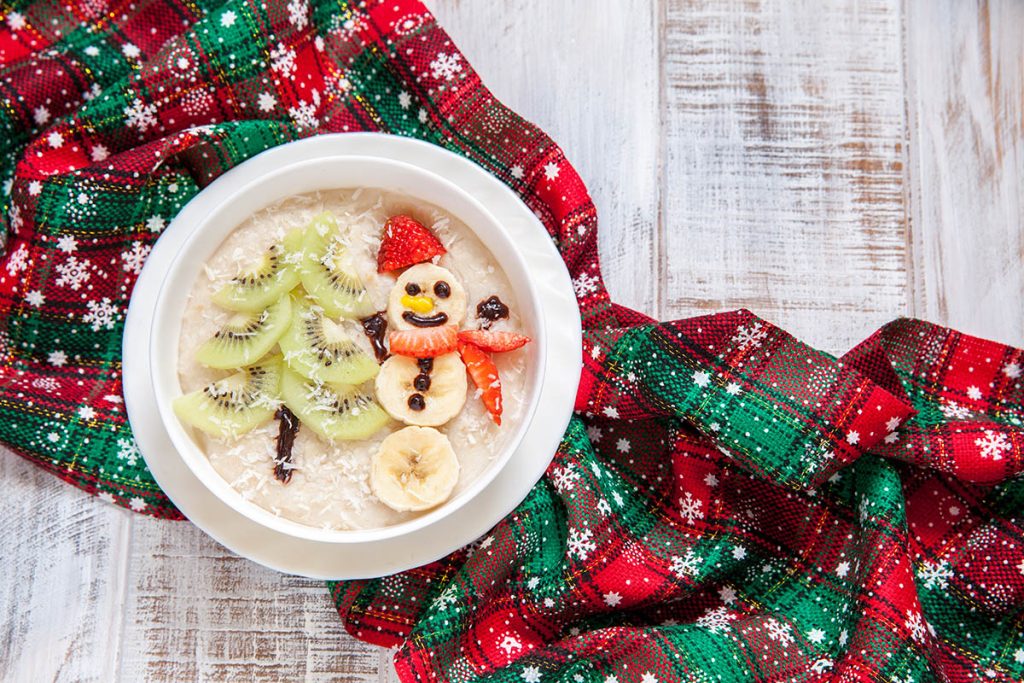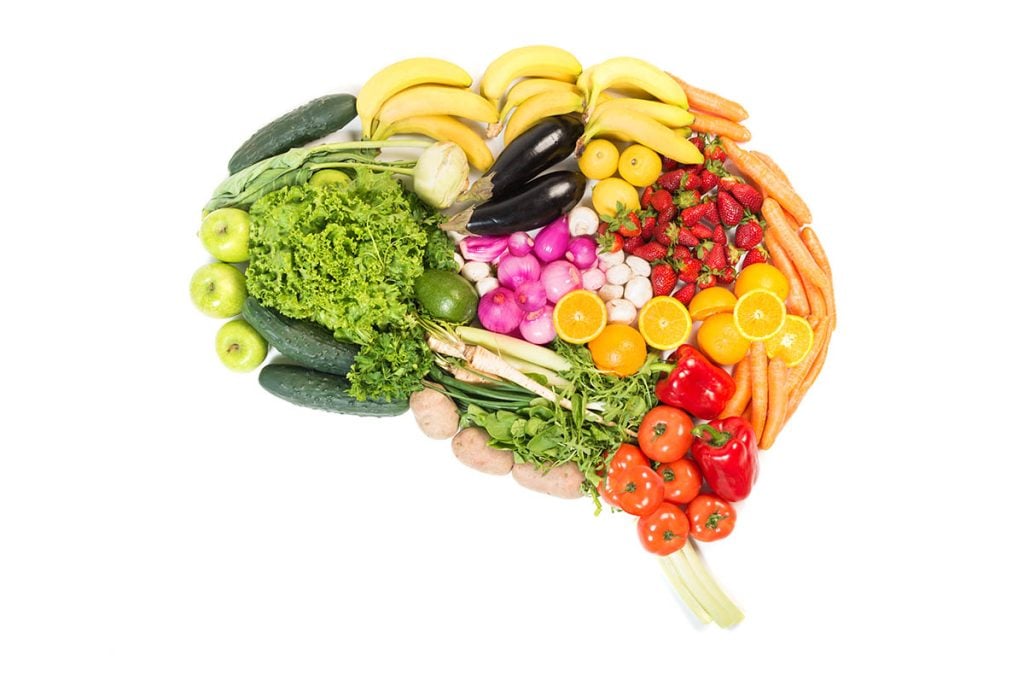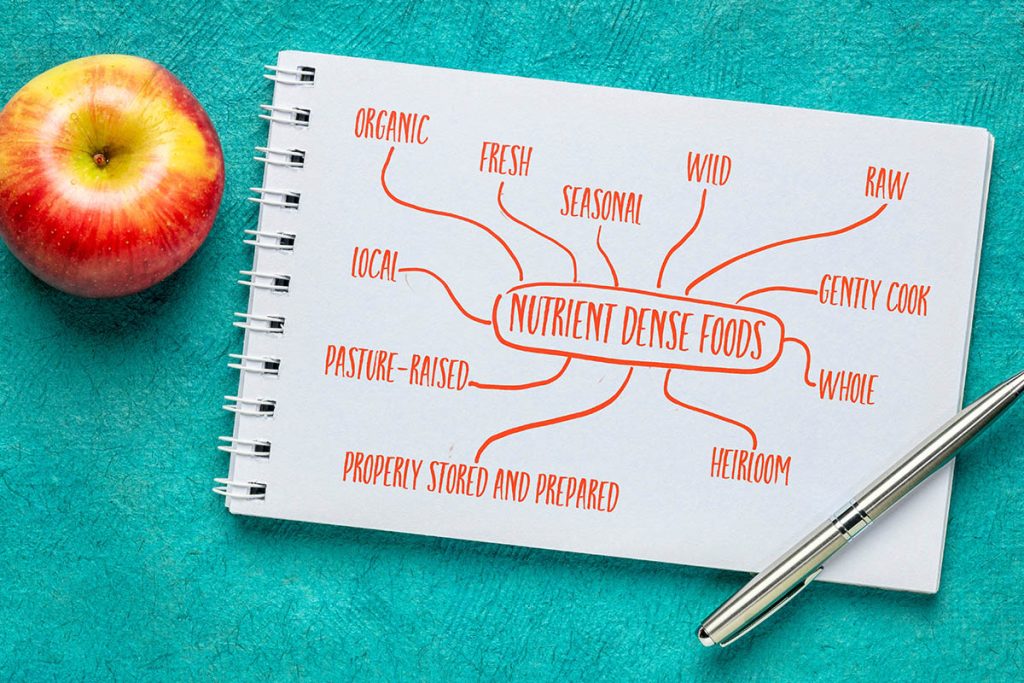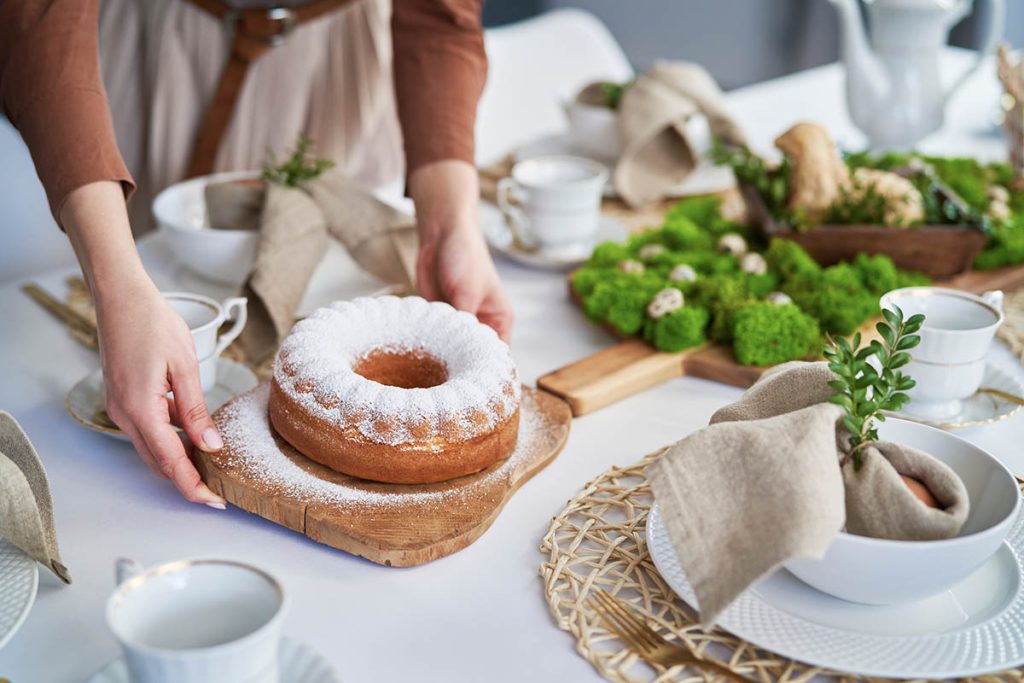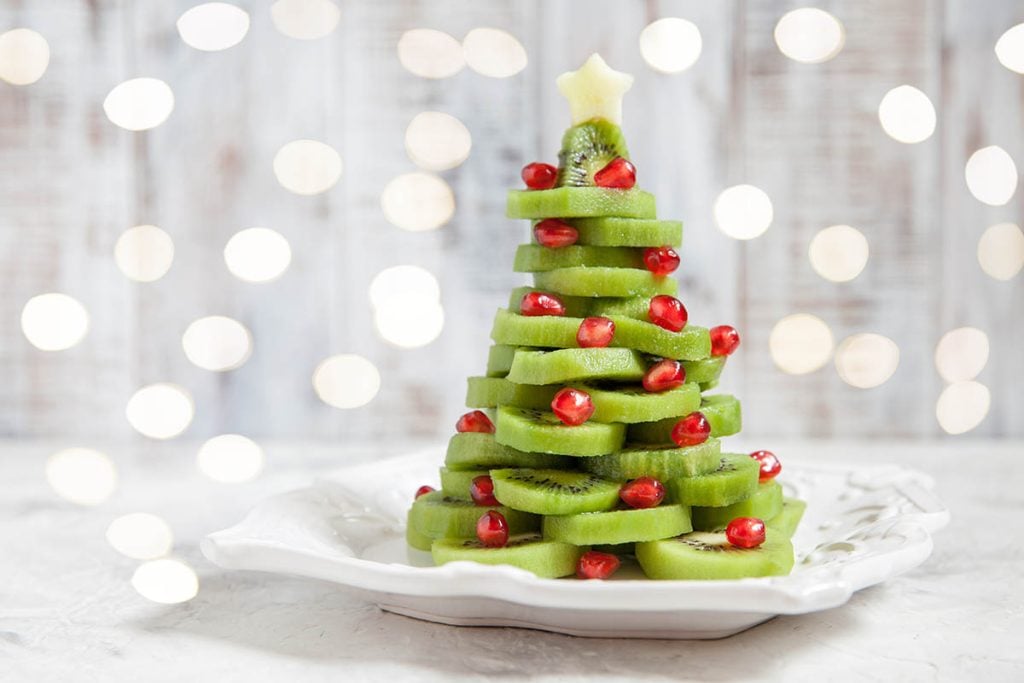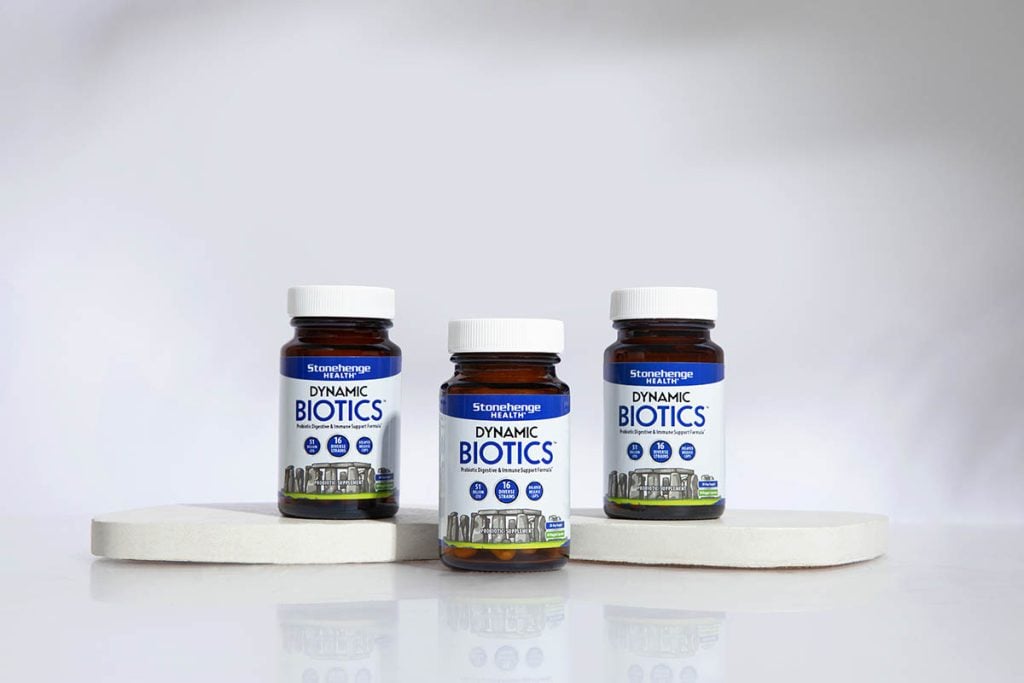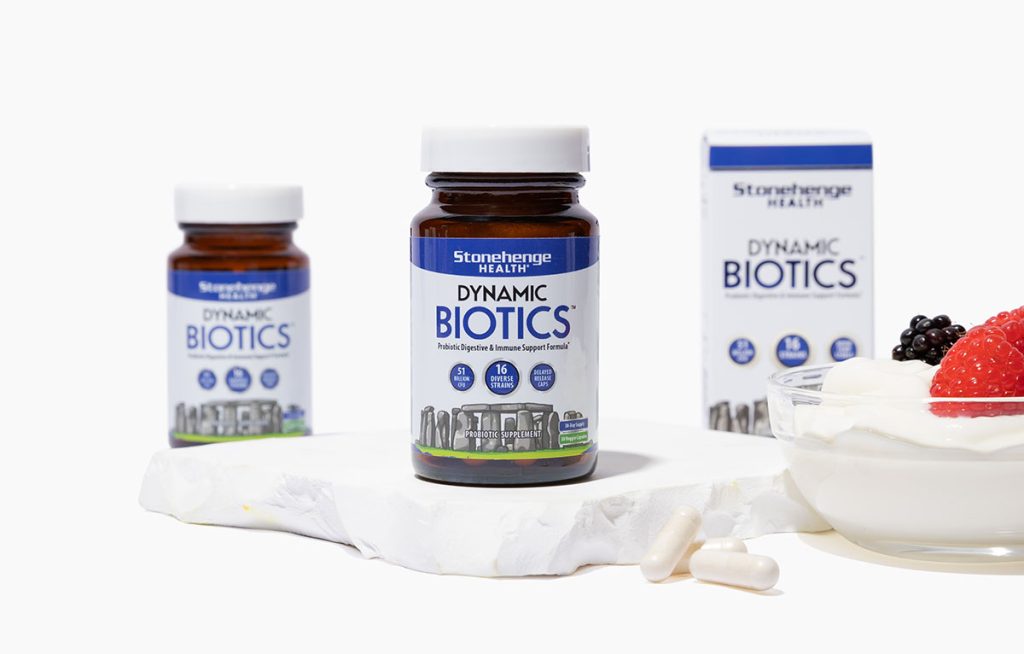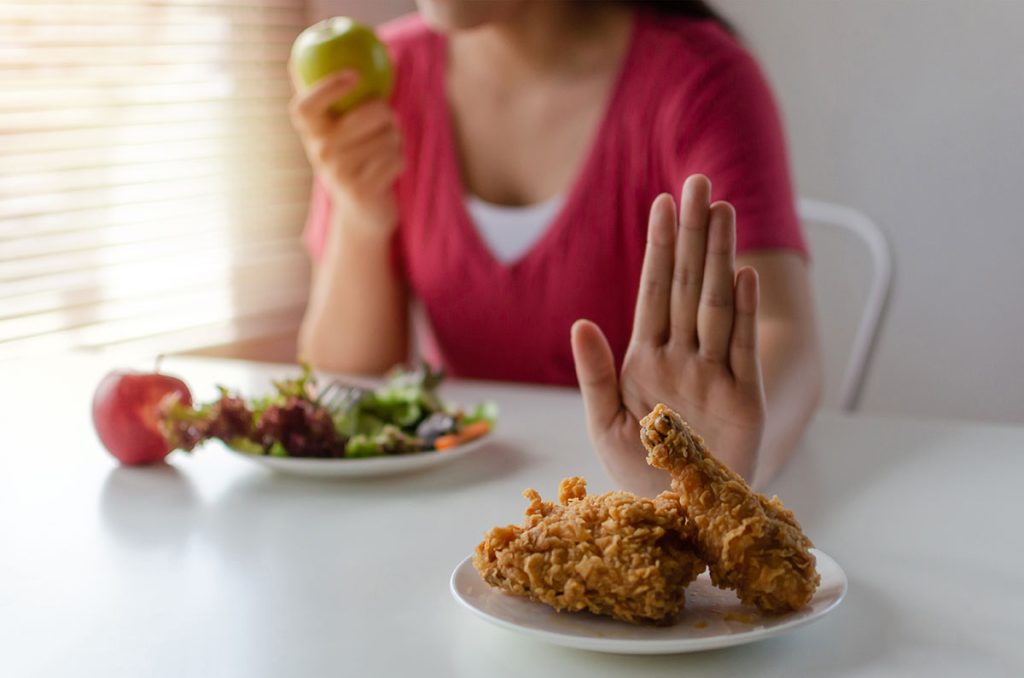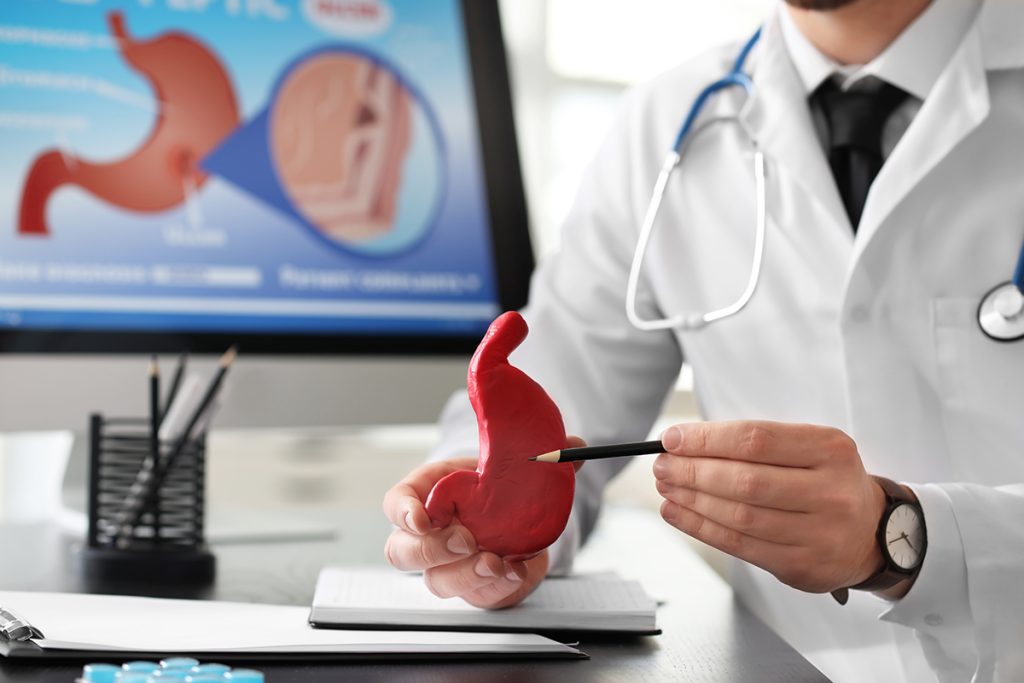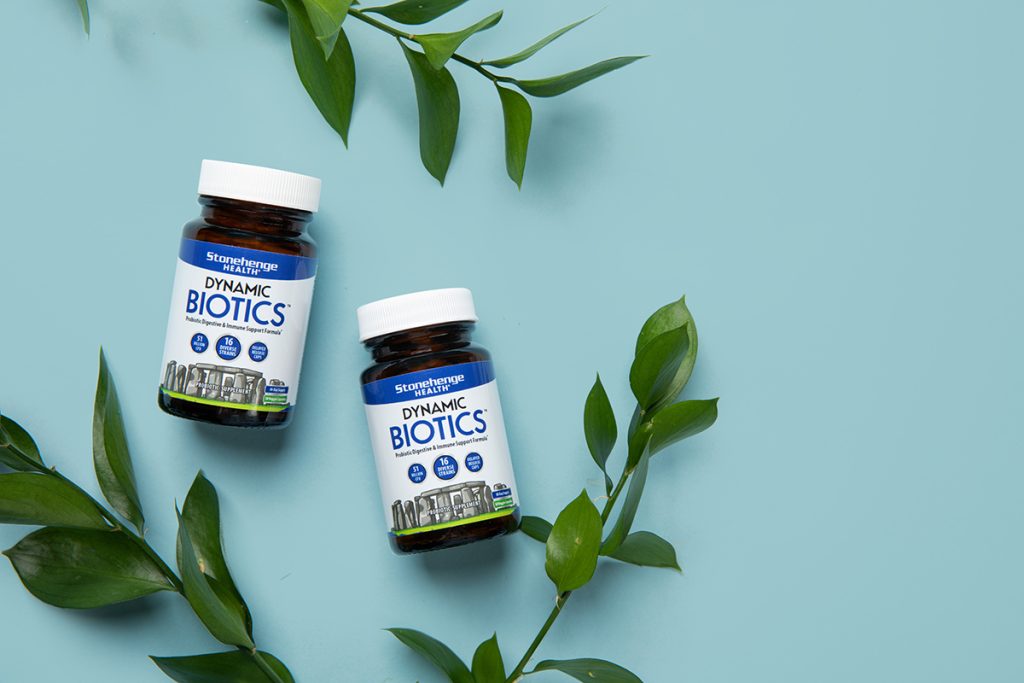
Brunch season is nearly here.
There’s just something about a warm Spring morning that makes you want to call your friends, whip some eggs, and enjoy a leisurely brunch with some good conversation.
And with restaurant prices the way they are now, why not cook at home?
This menu takes advantage of fresh spring produce and combines healthy ingredients with vibrant flavors and colors, making it perfect for impressing your friends at a Spring brunch.
Let’s dig in.
Spring Vegetable and Goat Cheese Frittata
A fresh taste of Spring with a creamy goat cheese finish that your friends and family will love…
Ingredients:
– 8 large eggs
– 1/2 cup milk
– 1/2 teaspoon salt
– 1/4 teaspoon black pepper
– 2 tablespoons olive oil
– 1 leek, white and light green parts only, thinly sliced
– 1 cup asparagus, trimmed and cut into 1-inch pieces
– 1 cup fresh peas (or frozen if fresh aren’t available)
– 1 cup cherry tomatoes, halved
– 1/2 cup crumbled goat cheese
– Fresh herbs (such as chives, parsley, or basil), for garnish
Instructions:
1. Preheat the oven to 375°F (190°C).
2. In a large bowl, whisk together eggs, milk, salt, and pepper. Set aside.
3. Heat olive oil in a 10-inch ovenproof skillet over medium heat. Add leek and sauté until soft, about 5 minutes.
4. Add asparagus and peas, and cook for another 3-4 minutes until they are just tender.
5. Reduce heat to low and pour the egg mixture over the vegetables. Cook for a couple of minutes until the eggs start to set at the edges.
6. Sprinkle halved cherry tomatoes and crumbled goat cheese over the top.
7. Transfer the skillet to the oven and bake for 15-20 minutes or until the frittata is set and golden on top.
8. Garnish with fresh herbs before serving.

Bonus: Strawberry Spinach Salad
Put your main course over the top with this sweet salad on the side. A healthy substitute for pancakes.
Ingredients:
– 5 cups fresh spinach leaves
– 1 cup strawberries, sliced
– 1/2 cup walnut pieces, toasted
– 1/4 cup crumbled feta cheese
– 1/4 cup balsamic vinaigrette
Instructions:
1. In a large salad bowl, combine spinach, sliced strawberries, and toasted walnuts.
2. Drizzle with balsamic vinaigrette and toss gently to combine.
3. Sprinkle crumbled feta cheese over the top just before serving.
4. Optional: Serve the frittata and salad with a selection of artisan breads or croissants and a refreshing beverage like cucumber water for a complete and impressive brunch spread.
Enjoy!
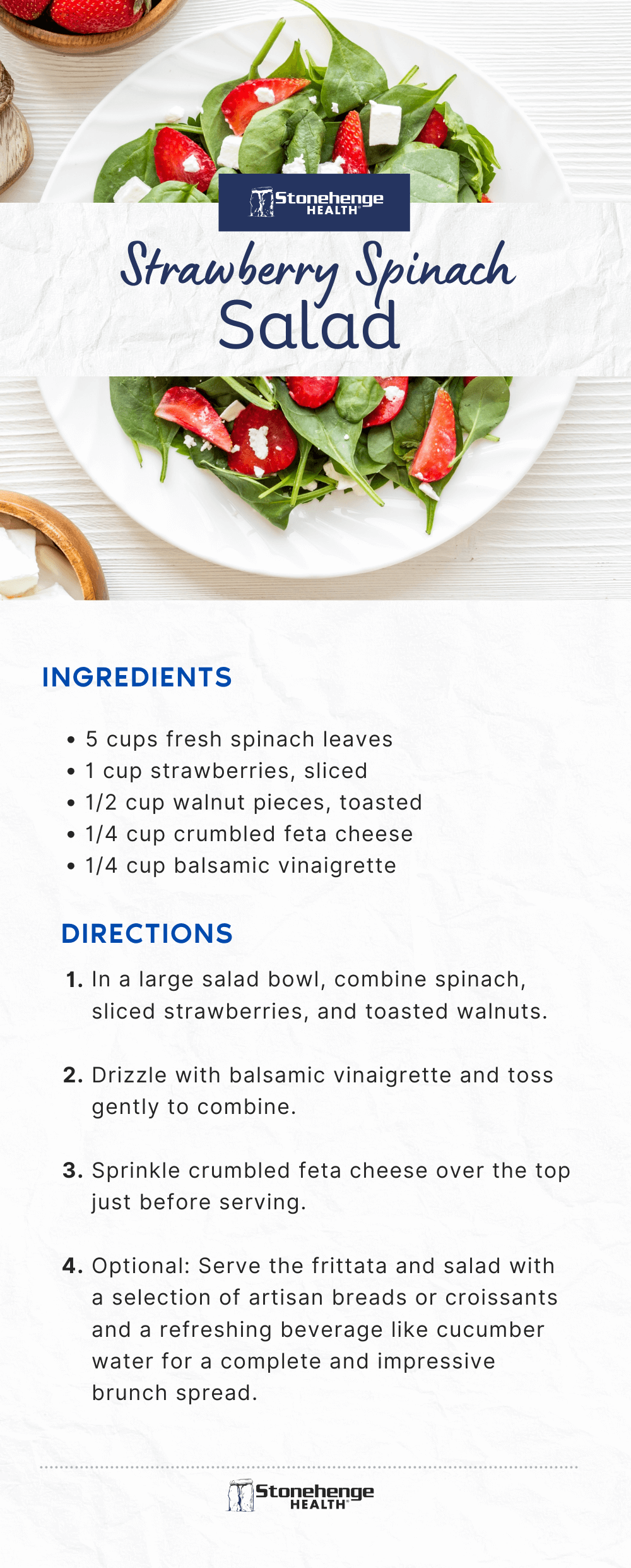
Enhance Your Brunch Experience with Incredible Digestive Enzymes

To fully enjoy the delightful flavors of Spring without any digestive discomfort, consider incorporating Stonehenge Health’s Incredible Digestive Enzymes into your mealtime routine.*
These enzymes are expertly formulated to aid in the digestion of fats, proteins, carbohydrates, and plant fibers, ensuring you can savor every bite of your brunch with ease and comfort.*
Why Choose Stonehenge Health’s Incredible Digestive Enzymes?
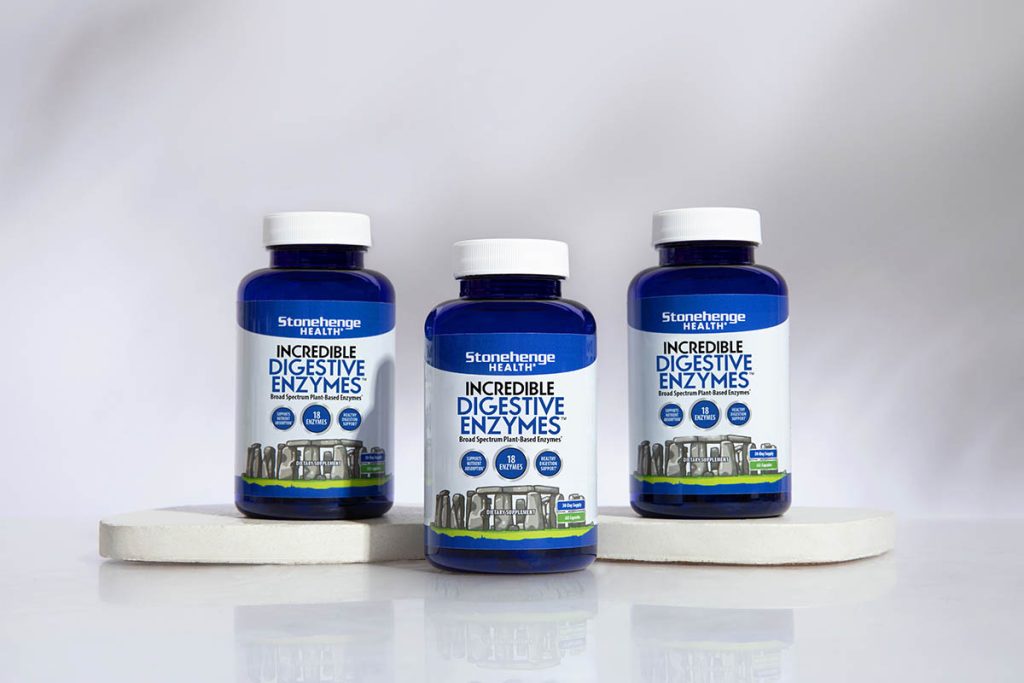
When you indulge in a meal that’s as rich and diverse in ingredients as these recipes, your digestive system might need a little extra help.
Our Incredible Digestive Enzymes provide that support, optimizing nutrient absorption and reducing the likelihood of bloating or discomfort often associated with meals that include dairy and complex fibers.*
It can be taken daily to make a noticeable difference, allowing you to focus on the joy of your gathering without the worry of digestive issues.
